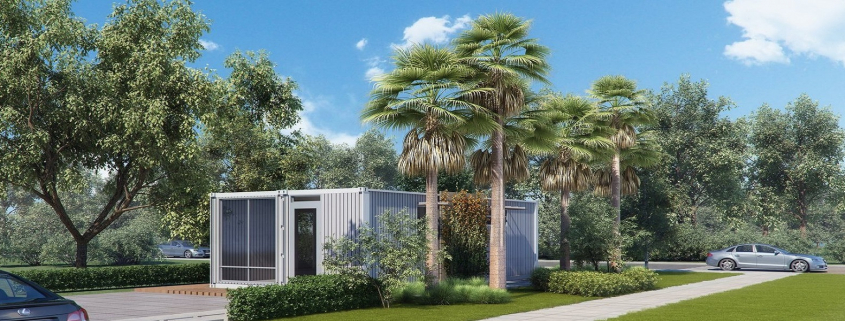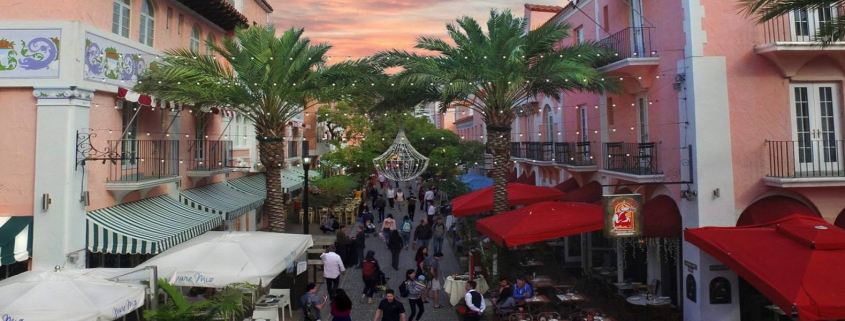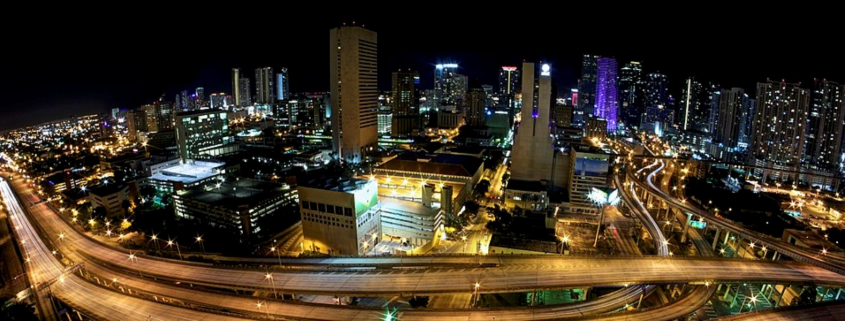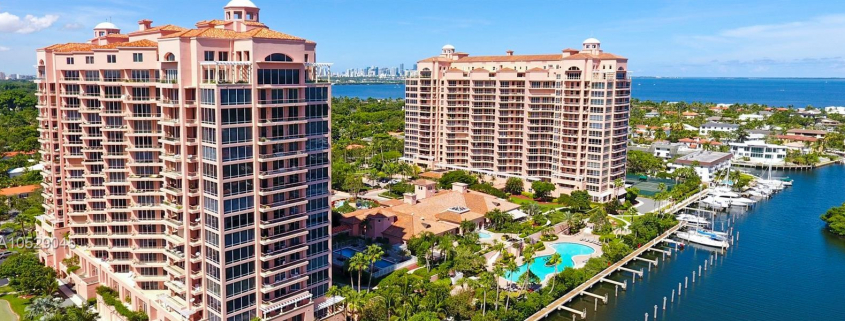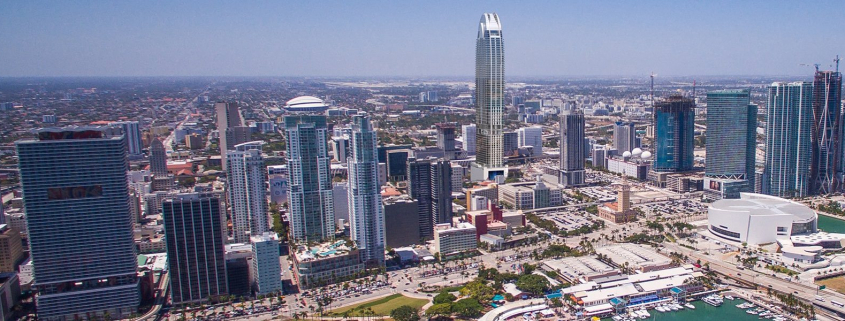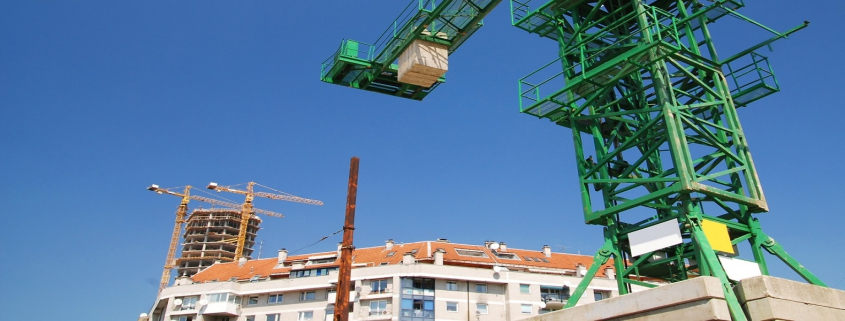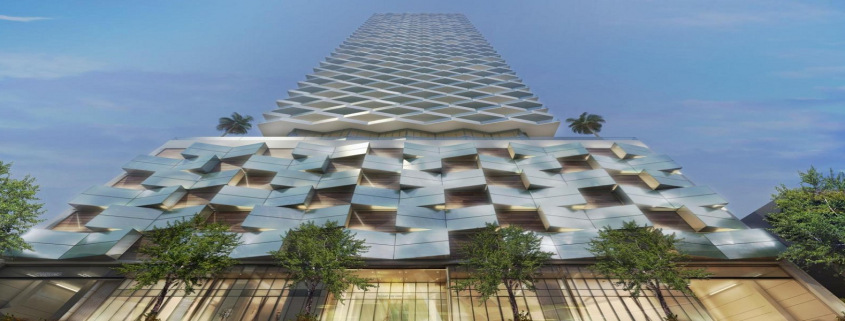On a cramped corner lot in South Miami, a venture backed by a national real estate group has won city permission to build a compact house out of two shipping containers and reserve it for a low-income buyer.
The team behind the planned 480-square-foot house sees it as a launching pad for a quick system of producing modular, attractive housing that works well on the extremely small lots that are scattered across Miami-Dade County.
“There are these shotgun lots everywhere” in low-income neighborhoods, said Evan Fancher, director of the South Miami anti-blight district that’s backing the South Miami project. “There are these right-of-ways and weird corner lots, and no builder will touch them.”
As Miami-Dade struggles with one of the country’s largest housing gaps between rich and poor, tiny lots could offer a small but steady fix. While the stakes are high for affordable-housing developers who compete for government dollars to build large high-rise complexes where thousands of people can live, spare lots offer the chance to create single-family homes one buyer at a time.
Cargo containers — bus-sized steel boxes plentiful in a port city like Miami — lend themselves to small-lot building. At the Little River Box Company, Gayle Zalduondo’s team has already cut 10 feet off two standard 40-foot cargo containers to fit into the confines of the 3,200-square-foot South Miami lot. The Miami Association of Realtors hired Little River Box to create the South Miami house as a test case in how cargo containers can make it easier to create affordable housing.
“We’re trying to figure out the barriers,” said Danielle Blake, head of government affairs for the Realtors group and the person running the project.
The two containers slated for the South Miami house can be assembled at the West Little River warehouse where Zalduondo and crew are already at work on a 40-foot temporary bar for a pop-up restaurant in Overtown. That’s next to a four-bedroom living space that’s set to be converted into a houseboat on the Miami River.
Upstairs in her office, there are plans for cargo containers stacked atop each other for a low-cost apartment building, and another set of cottages for a Doral developer who wants to create affordable teacher housing in the parking lot of a planned school.
“Right now, we’re doing one a week,” said Zalduondo, a welder who shifted from high-end furniture to cargo containers about five years ago. “We want to start doing one a day.”
Assembling and finishing the container homes in the warehouse make it easier to build on a cramped lot, since a construction crew doesn’t have to camp out on the land for months to build a traditional home. But the story behind this would-be South Miami cottage shows the challenges for the container-home option.
First, there’s red tape. The Miami Association of Realtors, which is covering some of the building costs, spent about 18 months before securing South Miami’s approval to assemble the containers into a one-bedroom, one-bath cottage on the 6100 block of 63rd Terrace. One review board required landscaping upgrades and other add-ons that the builders say added about $25,000 to the budget.
There’s also the challenge that creating homes out of cargo containers isn’t quite as cheap as people might think. Miami-Dade commissioners grumbled about the estimated $180,000 asking price for the South Miami container house when presented with the plan at a committee hearing this week.
“The idea is commendable, but the price is not affordable,” said Commissioner Joe Martinez, who represents the West Kendall area. “I think that’s way too expensive. Does it even include the land? Or is it just the shed?”
The capped sales price — the Realtors group said it would take less if no buyers qualified — includes the land, and would only be available to purchasers who earn less than $51,000 a year. That’s within the range of Miami-Dade’s workforce-housing program, which targets people who have a steady income but can’t afford a place to live. Under the county program, the land would include a requirement that it be sold only to workforce buyers in the future.
The overall price would still make it one of the cheapest houses in South Miami. A recent search of realtor.com found no single-family houses selling for less than $200,000 in South Miami. The closest to that price was an 800-square-foot “fixer-upper” marketed as an “opportunity to buy at a cheap price, renovate, rebuild,” then rent or sell “at top market.”
Even Miam-Dade’s own affordable-housing program lets builders sell homes on donated county surplus lots for up to $205,000. But those houses typically come with multiple bedrooms for families, rather than the couple or single occupant that’s the target for the South Miami container house.
Ariovistus Lundy’s Palmetto Homes builds single-family houses under Miami-Dade’s affordable-housing program, using surplus county lots. He has a house for sale on the 9600 block of Northwest 19th Avenue in Miami, and the asking price is the county maximum of $205,000. He’s expecting a quick sale.
“They can be sold before you even finish the house,” Lundy said. “There’s more people than affordable housing right now.”
The difference: That house on 19th Avenue has about 1,500 square feet of living space, enough for three of the cargo-container homes planned for South Miami. That makes the square-foot asking price about $136 for Lundy, versus $375 for the container home. The disparity can make it even harder to secure loans for low-income buyers, since banks typically use square-footage prices for appraisals.
Fancher, director of the South Miami Community Redevelopment Area, said his agency is ready to assist with grants to cover some of the down payment, which could bring the monthly mortgage cost below $1,200. A list of comparable homes provided by the Realtors group showed some nearby condos in the 500-square-foot range selling at close to the $180,000 price, but the one-bedroom houses starting at $300,000.
The next big hurdle for the Realtors group is to secure the land. Miami-Dade owns the 3,200-square-foot lot and first posted it on a list of surplus property available for purchase since 2015. There have been no buyers.
The County Commission’s Housing committee approved transferring it to the Realtors group at its Tuesday meeting, and a final vote is slated for later this year.
“You’re getting a lot of obstacles,” Commissioner Barbara Jordan told Blake and Zalduondo before voting to advance the proposal. “The more innovative we can be to take away obstacles, the better.”
Click here to view the Miami Herald news video ‘Little River Box Company Is Building Low-Cost Houses Out Of Shipping Containers’
Source: Miami Herald

